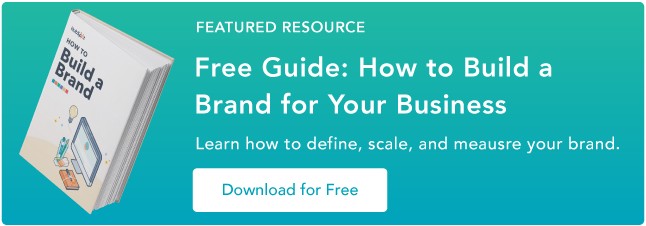Branding is tough.
It requires you to truly understand the message you want your business to convey to the world, and to understand your customers and what you want them to take away from your business.
One of the key parts of branding is establishing brand elements, and, in this post, we’ll discuss what they are, and give examples that you can use for inspiration.
Brand elements are essential because they help you develop a brand identity. Your brand identity dictates your business’ cohesive look, from how you communicate with customers, to editing style for your social media posts, the font you use in your YouTube video end screens — really everything.
As they’re critical to business success, it’s essential to have brand elements for your business, and we’ll discuss each type below.
Types of Brand Identity Elements
1. Brand Name
A brand name is the words you use to identify your company and what you offer to the public, distinguishing you from your competitors.
Coming up with a brand name may seem easy, but it can have huge connotations. For example, if you need to cover a scrape on your arm, you may say, “I need a Band-Aid.” The word Band-Aid is actually the name of a brand, while the actual product is an adhesive bandage. Yet, the general public usually says Band-Aid, using the name as a proper noun.
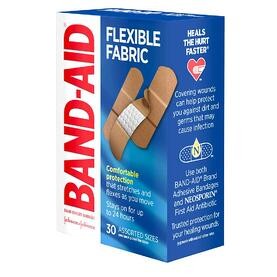
2. Logo
Your business’ logo is vital to your branding as it is one of the most recognizable aspects of your brand.
Audiences will recognize you if they’re out and about, and it’s on your emails, website, and maybe the physical products you sell. While logos are often image-based, like HubSpot’s Sprocket (shown in the image below on the left), some brands use words and a brand name as a recognizable logo, like FedEx (shown in the image below on the left).
3. Graphics and Images
Graphics and image elements for your brand are difficult to define, as they encompass all of the other brand elements that make your business unique. For example, your logo is a graphic you may include in a marketing email.
When you share images, the style you use to edit them should be consistent and cohesive on all platforms and materials. For example, use the same filters over your images, crop your photos in the same way to be consistent.
For example, Sean Garrette is an esthetician who uses the same color scheme for his Instagram posts. If one of his followers were scrolling through their feed and quickly passed a post without seeing the profile name, Garrette’s familiar brown hue would clue them into who the post belongs to.
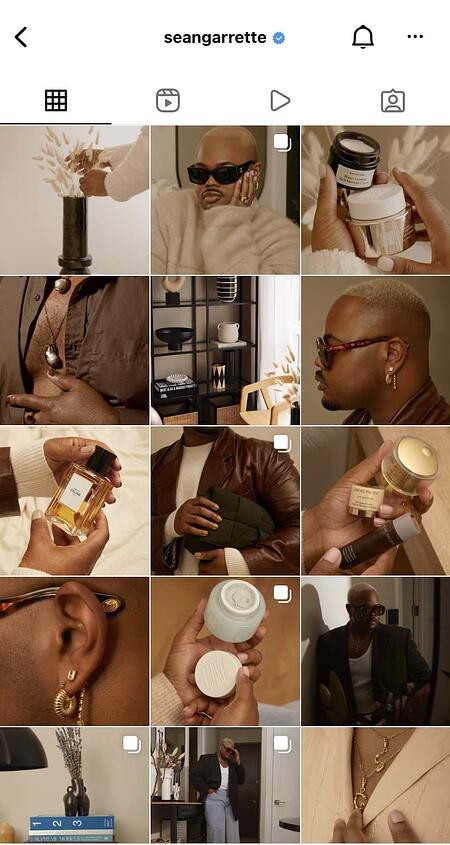
4. Color Scheme
Your business’s color scheme is critical because it plays into all the additional visual branding elements you create. For example, you’d incorporate your brand color scheme into your logo, marketing materials, graphics, and images, etc.
As consumers, we know when a brand has done a great job of creating a color scheme when we see specific colors together, and it immediately triggers recognition in our brain for that brand. For example, communication platform Slack notes the color scheme pictured below as its core brand colors.
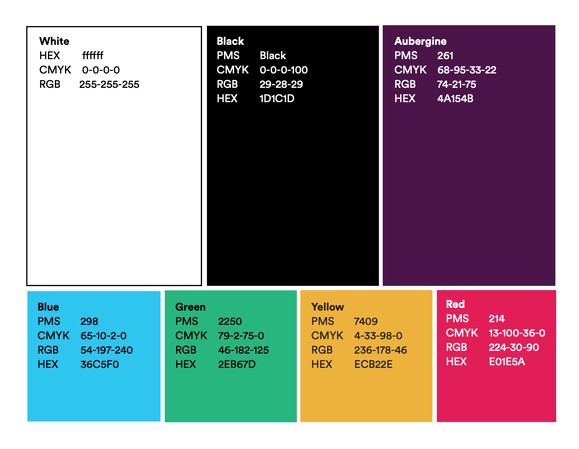
Slack remains consistent and uses this color scheme in its brand materials, like in its Instagram posts (shown in the image below).
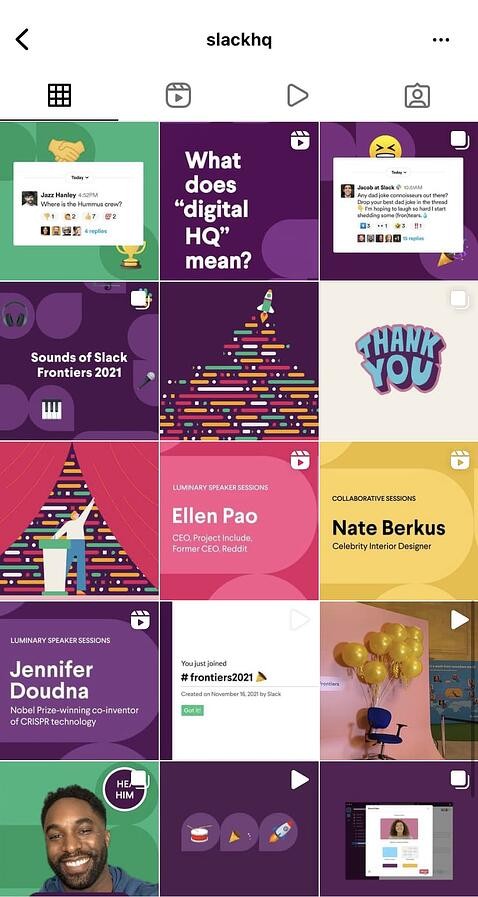
5. Typography
Typography refers to the fonts you use in all business materials you create. You want to remain consistent, so your branding is cohesive and so that if people see fonts related to your brand or business, they can recognize that it’s from your company. Having a set font for your business also makes it easier to create business content with a cohesive look.
Streaming service Spotify, for example, uses a sans-serif font, which remains consistent within their platform and marketing materials.
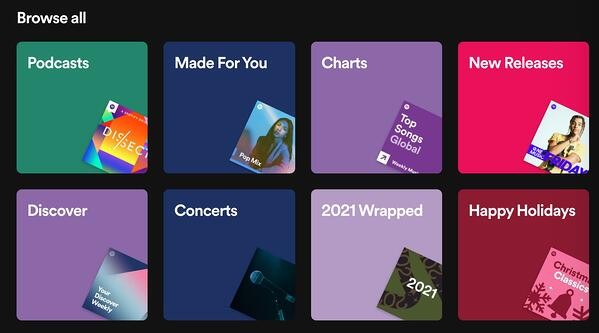
6. Tone and Voice
Tone and voice don’t necessarily mean what your business sounds like in audio, but more so how your business comes across when you communicate with customers in marketing materials. For example, are you humorous and funny? Or are you more academic and professional? Your tone and voice is a significant brand element as it helps you convey a brand personality.
Strive to pick a tone and voice that relates to what your business offers and who your target audience is, and incorporate that into all of the words your business puts out into the world.
7. Slogan, Jingle, or Catchphrase
Slogan and jingles are unique brand elements that don’t necessarily apply to every single business, but, if used, they make up an important part of your branding. These unique brand elements can be used in marketing materials, included in commercials, etc.
Many slogans and jingles get stuck in consumers’ heads, helping you remain top of mind for consumers. Here’s a list of slogans, jingles, and catchphrases from brands that you may already be familiar with:
- “The Snack That Smiles Back,” from Goldfish Crackers (a snack food).
- “America Runs On Dunkin,” from coffee company Dunkin’.
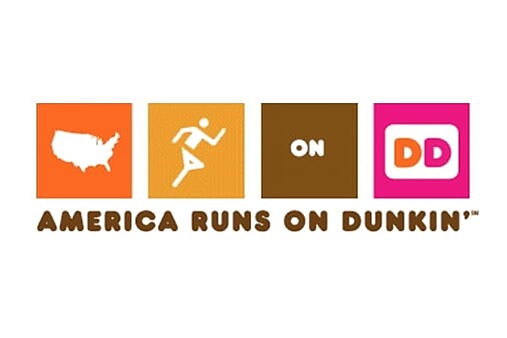
- “Subway, Eat Fresh,” from the Subway sandwich restaurant chain.
- “800-588-2300, Empire Today,” from home improvement company Empire Today.
- “Like a good neighbor, Statefarm is there.” from insurance company State Farm.
- “Red Robin, Yum.” from restaurant chain Red Robin.
In sum, your different brand elements all come together to make your brand unique. To develop a unique personality for your brand, consider what you offer, take the time to get to know your customers, and begin designing.

